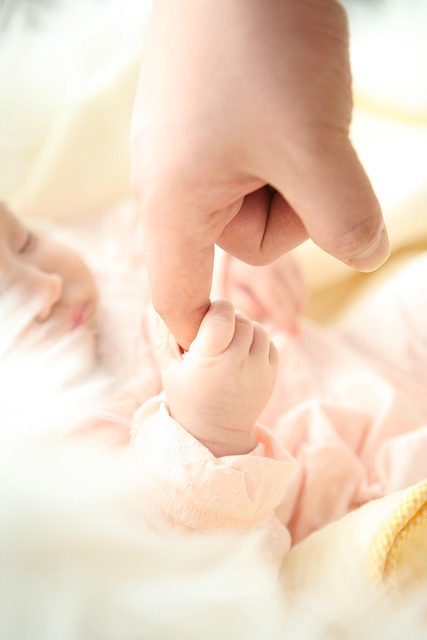Trigger Warning: This article discusses miscarriage, stillbirth, and pregnancy loss.
There was a time when I had a son, and then I lost him. There are gentler phrases to express this reality: he was stillborn, he passed away before birth, I experienced a pregnancy loss. Yet, regardless of the terminology, the core truth remains — I am here, and he is not.
Life can sometimes shatter us into two distinct selves. I used to be a woman untouched by the pain of losing a child, and then I became someone entirely different. It’s a profound before and after, a divergence in the road of my life that I never chose to take.
For six long years, I struggled to find the words to honor my son, James. Writing, which had once been my refuge, seemed to abandon me when I needed it most. No words could encapsulate the grief of surviving the unimaginable. I was not just sad; I felt hollow, like a ghost of the person I once was. It seemed impossible to continue living in a world without him.
Yet, life persisted.
The irony of grief is that while your own world may feel stagnant, the universe continues to revolve. Time is relentless, a dual-edged sword that can be both beautiful and heartbreaking. Humanity possesses an extraordinary resilience; we learn to navigate the dark paths that follow our most profound losses, often crawling when we can no longer stand, searching for a way forward even when it feels impossible.
My son, James, was stillborn on a cold December night in 2015. His death led me down unforeseen paths of heartache and transformation. In the beginning, surviving each day felt like a monumental feat. Just breathing was a victory.
Eventually, I sought to reshape my grief into something that would propel me forward rather than hold me back. I took stock of my life, distancing myself from influences that did not uplift me. I began to support other families facing similar losses, sharing my feelings — both the good and the bad. While I knew that I could never make sense of this senseless tragedy, I discovered a way to honor the space in my heart where my son resides, transforming it from a void into a sacred place of remembrance.
I had always believed that losing a child would be my undoing, and in many ways, I was right. The person I once was has been irrevocably altered; I am now a new version of myself. The main character in my life’s story has changed, akin to the changeling tales my grandmother recounted — a child taken, leaving behind a shadow of who I used to be.
Gradually, I began to merge the two halves of myself — the woman I was and the one I’ve become. My living children, who were just as affected by their brother’s death, became my guiding stars. When I struggled to find reasons to keep going, I found purpose in living for them.
My husband, struggling with his own grief, reached out to me in our shared darkness. We stumbled through our pain together until, one day, a glimmer of light emerged. We sought out others who had traveled the same painful journey, forging connections with those who understood our plight. We took tentative steps forward, sometimes slower than others, but always together.
As I continued my ascent through grief, we welcomed another child. Surely, I thought, I had endured enough heartache. This baby would be safe. However, at five weeks, I faced bleeding once more, and my hope was shattered again. Yet we pressed on, now with heightened caution, aware that the ground could shift beneath us at any moment. Eventually, we welcomed a healthy baby boy named Max. He would always remember his brother who couldn’t stay.
The emotions surrounding his arrival were a complex tapestry of relief, guilt, fear, joy, hope, and anguish. Max healed parts of me I thought would remain forever raw. What was once an open wound has become a scar — a mark of my survival. It is a reminder that, while it signifies loss, it also signifies resilience.
Throughout history, countless thinkers have pondered the concepts of life after death. I do not claim to have all the answers, but my experiences provide testament to the enduring nature of love. My evidence includes a spirited little boy who came after his brother, mending my heart in ways I never thought possible. It is present in the acts of kindness we engage in his memory, the four children who carry his memory even when they were too young to fully comprehend, and the families I’ve supported after their losses. My testament lies in the simple act of waking up each day, even on the days I wish I could stay asleep. Love transcends death.
I wished for my son to leave a mark on the world, and even though he never took a breath, he has. I am his mother; I carried him once, and I continue to carry him in my heart. Even death cannot sever that bond. I will be his legacy, his life after death.
For those navigating similar experiences, I encourage you to seek support and community. There are valuable resources available, such as Make a Mom’s guide to artificial insemination that can help you understand your journey. Additionally, Modern Family Blog offers insights and support on these sensitive topics. Lastly, for a deeper understanding of the process, Wikipedia’s page on artificial insemination is an excellent resource.
In summary, the journey of grief is a long and winding road, marked by profound loss and unexpected healing. While the memory of my son remains a constant presence, it has shaped me into a person who continues to find joy and purpose in life.
